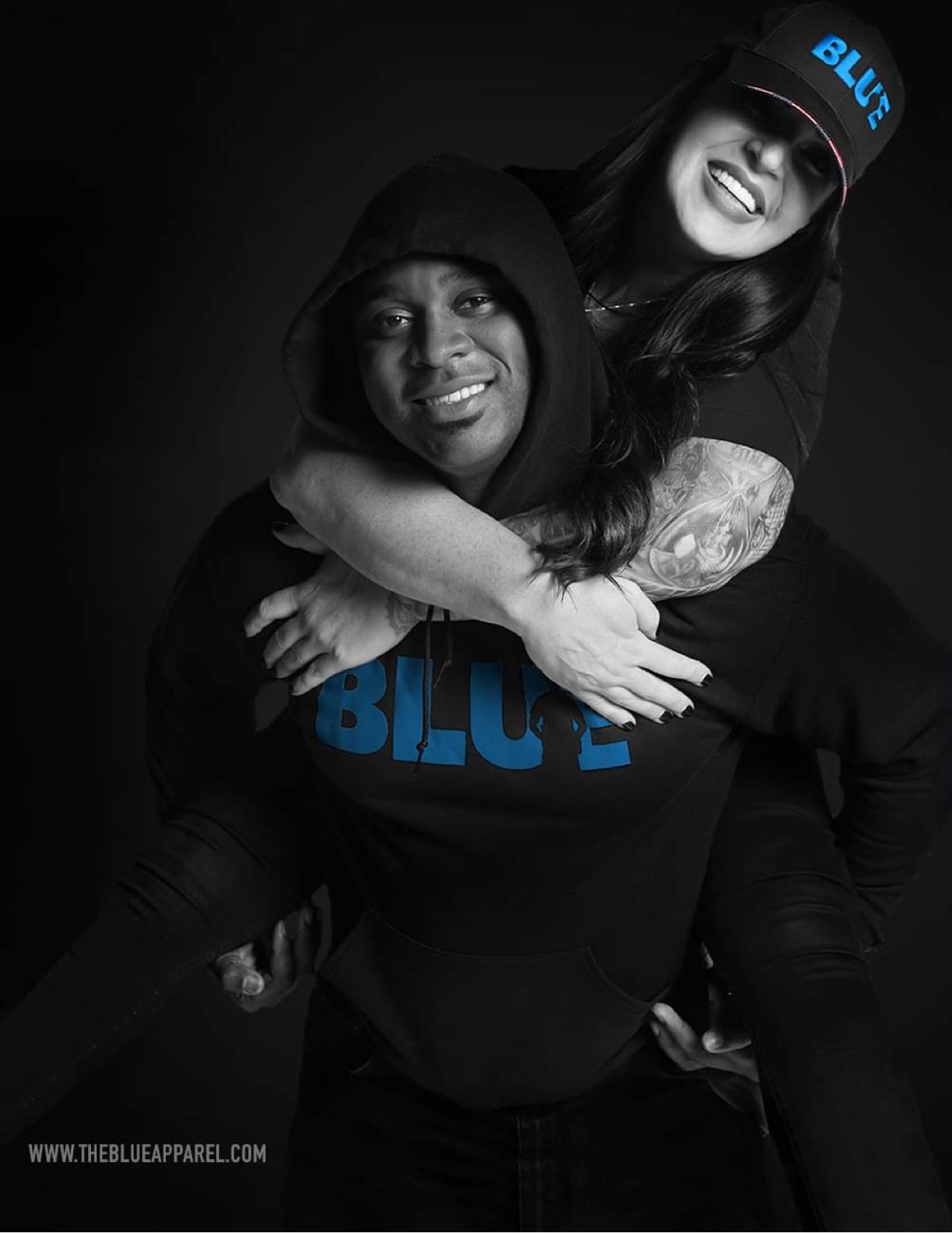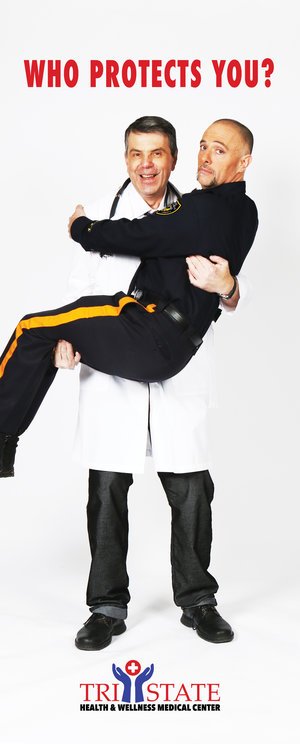Decoding Deception: How to Spot Unreliable Statistics
/By: Joel E. Gordon
Garbage in, garbage out; the power and peril of numbers exposed…
Statistics hold a unique power in our lives and are often cited in the reporting and evaluation of criminal activity, crime trends, and deployment of available resources. They help us to understand the possible developing trends, make decisions, and inform our beliefs. However, not all numbers tell the truth. Misleading statistics can steer us in the wrong direction, leading to poor choices and misconceptions. Recognizing which statistics are reliable is crucial for informed decision-making.
Numbers can be persuasive. They often come across as objective and factual. In addition to crime tracking, people rely on statistics when making decisions about health, finance, and overall policy. The more convincing the numbers appear, the more likely they are to influence opinions and behaviors.
When statistics are misleading, the consequences can be serious. Misinterpretations can lead to public panic, misguided policies, and lost opportunities. For instance, incorrect health statistics can result in thousands of people avoiding necessary medical treatments.
Understanding the reliability of statistics empowers you to question and analyze information critically. In a world flooded with data, discernment is key. Knowing how to spot unreliable statistics will help you make better decisions.
SOURCE: https://pixabay.com/photos/statistics-arrows-tendency-business-2899893/
Common Methods of Statistical Manipulation:
Cherry-Picking Data: Presenting Only Favorable Results. One of the most common tricks in the book is cherry-picking data. This means presenting only the statistics that support a particular viewpoint, while ignoring the rest. This has occurred with federal job creation numbers as well as past reported crime statistics with multiple jurisdictions not in the reporting pool.
Selective Reporting of Clinical Trial Data: In some clinical trials, researchers may emphasize positive results while neglecting negative outcomes. This selective reporting creates a false sense of effectiveness for remedies. When contradictory evidence is left out, the overall understanding of a topic becomes skewed, potentially causing harm to patients relying on treatments that aren’t as effective as presented.
Visual aids can clarify data, but they can also mislead. Charts and graphs can be manipulated to create false impressions.
Biased samples can significantly impact the reliability of statistics. When a sample isn’t representative, the results become questionable. Online polls often attract specific demographics, skewing results. For instance, younger audiences might dominate an online survey, leaving out older perspectives. Check how samples are selected. Random sampling is often more reliable than targeted sampling, which can miss critical groups.
The way data is collected and analyzed matters. Questionable methodologies can lead to flawed conclusions. Surveys with leading questions can push respondents toward specific answers. For example, asking, “How much do you love our product?” assumes a positive response and can skew results. Review the research methods. Look for clear explanations of how data was collected and analyzed. Transparency is key to trustworthiness.
It’s easy to confuse correlation with causation. Just because two things happen together doesn’t mean one causes the other. Example: Ice Cream Sales and Drowning Incidents… An increase in ice cream sales often coincides with rising drowning incidents during summer. However, this doesn’t mean ice cream causes drowning. Both are linked to warmer weather. Be aware of spurious correlations that mislead analysis. Look deeper into the data before concluding that one thing causes or has a connection to another.
Establishing causality requires more than coincidence. It often involves controlled experiments. Controlled experiments isolate variables to assess effects accurately. This method is essential for solid conclusions, especially in medical studies. Always consider confounding variables that could impact results. If not accounted for, they can misrepresent relationships and skew findings.
Knowing where data comes from is crucial. Credible sources provide transparency and reliability. Evaluate the authority of a source by checking the expertise of its contributors. Look for potential biases that could impact objectivity. Not all data sources are reliable. Recognizing questionable presentations is vital for critical evaluation.
Watch out for sensationalist headlines that exaggerate claims. They often distort statistics to attract attention, undermining credibility. Investigate how data is presented. Reliable sources clarify their methodologies and limitations, providing a fuller picture.
Every statistic is based on certain assumptions. Challenge these assumptions to develop a better understanding. Sometimes, analyses make assumptions that aren't clearly stated. Identify these to assess credibility accurately. Look for biases in interpretations. Question whether the data is being used to support a specific agenda.
Don’t take statistics at face value. Cross-reference data to build a clearer picture. Look for inconsistencies across different sources. If something doesn’t add up, seek clarity.
To navigate the world of statistics, develop skills to critically assess data. Learn to spot manipulation and bias. Maintain a healthy skepticism. Always verify information independently to guard against deception. Empower yourself with knowledge. Understanding how to evaluate statistics can protect you against misleading information. Make informed decisions based on solid data and not statistical deception.
Joel E. Gordon, BLUE Magazine’s Editor-in-Chief, is a former Field Training Officer with the Baltimore City Police Department and is a past Chief of Police for the city of Kingwood, West Virginia. He has also served as vice-chair of a multi-jurisdictional regional narcotics task force. An award winning journalist, he is author of the book Still Seeking Justice: One Officer's Story and founded the Facebook group Police Authors Seeking Justice. Look him up at stillseekingjustice.com









